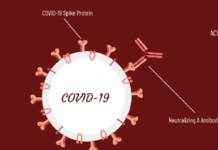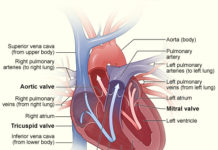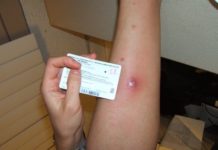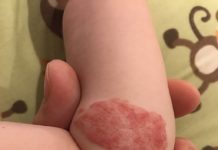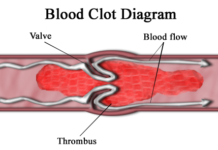My aunt developed breast cancer at the age of 40. "She had her breasts removed and reconstructed soon after being diagnosed with breast cancer," says my mother. She also underwent chemotherapy treatment and was considered cancer free for three years. However at the age of 43, she found out that the cancer had returned and metastasized into her lungs. "She then completed more treatment, not to cure the cancer but to extend her life. The treatment did elongate her life for an additional 18 months; she was 45 when she passed away." 
In 1998, the most common treatment for breast cancer was chemotherapy and radiation. In my aunt's case the doctors thought that it could be taken care of with the same method of treatment that they used for everyone. "We used to think that all breast cancers were essentially similar, more treatment was better, and one size fit all," Dr. Susan Love, M.D., professor of surgery at the University of Washington. "Now we know that there are several kinds of breast cancer, and they don't all grow in the same ways."
The most common cancer in women today is breast cancer. According to the Centers for Disease Control and Prevention (CDC), there were 206,966 women affected in 2010. The National Cancer Institute says that white, non-hispanic woman have the highest risk for developing breast cancer, my aunt who was a white American fell into this higher risk group of women. Breast cancer can affect all women but, according to the CDC, White American women have the highest risk, followed by African Americans, Asian/Pacific Islander, Hispanic and American Indian/Alaska Native women.
For cancer patients and higher risk people there are more options today, such as Tamoxifen. Tamoxifen is a medicine that blocks the effects of estrogen in the body. It is a selective estrogen-receptor modifier, or SERM, that binds to the estrogen receptors. Cells that need estrogen to divide and grow will stop growing and die. Tamoxifen acts like a weak estrogen. There is no cure for this type of cancer, and the preventative therapies are still undergoing tests and research for a more individualized approach.
|
According to the Cancer Treatment Centers of America, stage I breast cancer is defined as a tumor that measures up to 2 centimeters with no lymph node involvement. Stage II breast cancer is defined as a tumor that measures between 2 to 5 centimeters or the cancer has spread to underarm lymph nodes. Treatment of stage I and stage II cancers include surgery, sentinel lymph node biopsy—which is a procedure where the first lymph node to which cancer cells are most likely to spread is identified and removed, chemotherapy, hormone therapy and targeted therapy. For more severe cases like stage III, which is identified by a tumor more than 2 inches across and extensive underarm lymph nodes, there are more aggressive doses of the previous treatments in hopes of getting rid of the mutated cells. Stage IV is the most advanced stage of breast cancer, usually the result of previous breast cancer. The cancer has come back more aggressively than before and has spread to different parts of the body.
|
Cancer is the rapid multiplication of a mutated cell throughout the body. Breast cancer can be passed through generations of families. My aunt was the fourth generation and the youngest of the generations to be diagnosed with breast cancer. The disease can also be formed during the stages of breast development, or puberty. The cells divide quickly during this time and are more likely to bind to carcinogens; also breast tissue is not capable of repairing DNA efficiently.
According to the Robert W Franz Cancer Center at Providence Portland Medical Center, breast cancer isn't a one step process, it takes one healthy cell many steps to get to where it is abnormal and that cell begins to divide and multiply. It takes many years for these cells to spread enough to be detectable.
Since breast cancer has been passed through my family for many generations I am at a higher risk than most American women. In the future ,I plan to participate in genetic testing to see if the results reveal that I will develop breast cancer. At this time I may plan to undergo surgery, double mastectomy, that my aunt had went through. The surgery will be a precautionary measure to ensure that I will not develop this disease. Maddy Rymer

This work is licensed under a Creative Commons Attribution-NonCommercial-NoDerivs 3.0 Unported License


